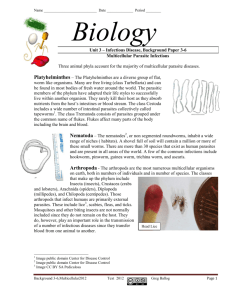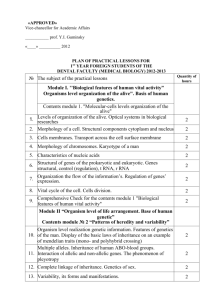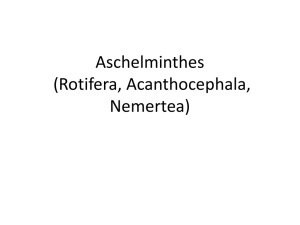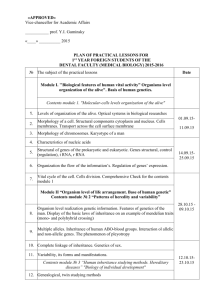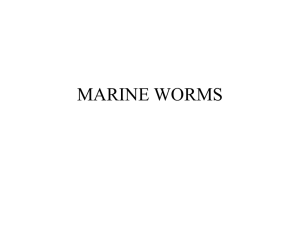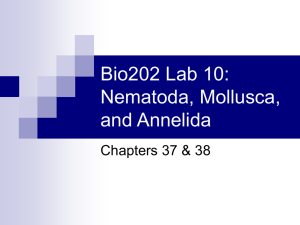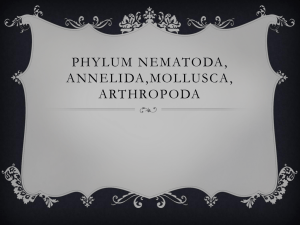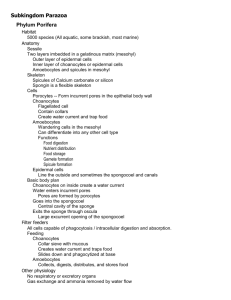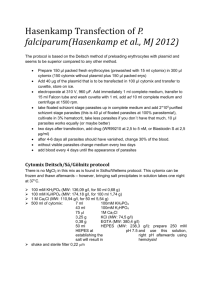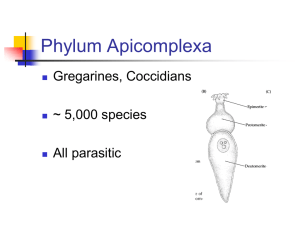Parasites of the Caribbean
advertisement
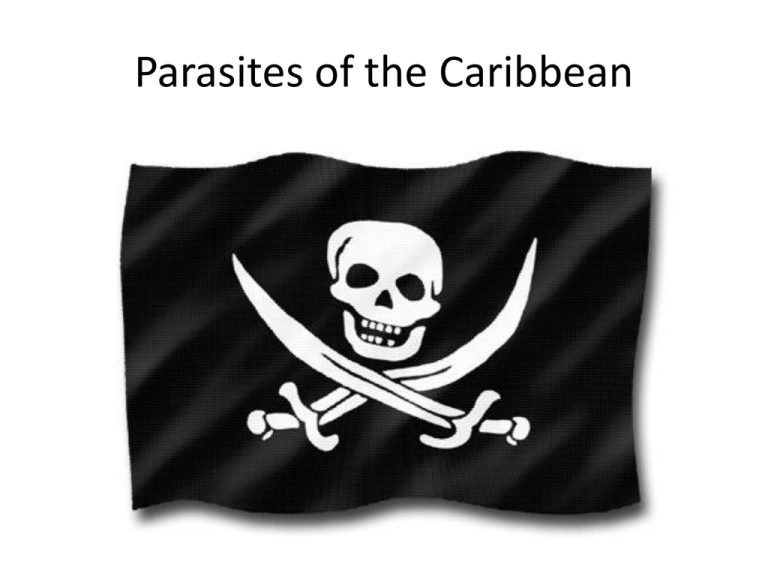
Parasites of the Caribbean Bahamas Puddle Jumping Andros Andros • Andros is the largest island in the Bahamas, it is sparsely populated • The island has an extensive cave system that captures rainwater – Three to four million gallons of freshwater are transported by tanker every day to nearby Nassau, which has a limited supply of freshwater and a few desalinization plants Economy • Most of the natives are fairly poor • The primary drivers of the economy are an American naval base and tourism, much of which is directed towards sportfishing – Anglers are drawn to the large expanse of shallow flats surrounding the island, as well as the nearby Tongue of the Ocean, an expanse of very deep water that harbors numerous pelagic species Hibiscus Forfar Field Station East Flats at Low Tide Flats at High Tide Bonefish Marco with Bar Jack Phylum Platyhelminthes • Flatworms • Class Trematoda – Endoparasites primarily in the digestive tract of vertebrates • Subclass Digenea – At least two hosts in life cycle • First is a mollusc – Usually two suckers serving as holdfast organs • Oral and ventral Order Hemiuriformes Family Hemiuridae • Common digenetic trematodes infecting the gut of marine fish • First intermediate host is a mollusk • Second intermediate host is an arthropod – Copepod, shrimp, crab • Final host is a fish Hemiurus • Telescoping ecsoma Hemiurus Hemiurus Derogenes • Bulging ventral sucker Derogenes Derogenes Lecithaster • Vitellaria form rosette of seven tubes Lecithaster Lecithaster Opecoeloides • Ventral sucker on projection Opecoeloides Opecoeloides Phylum Acanthocephala • Thorny-headed worms • Parasites of intestines of vertebrates • Retractable proboscis armed with hooks serving as holdfast organ • Class Palaeacanthocephala • Order Echinorhynchida • Family Rhadinorhynchidae Rhadinorhynchus • Very long, slender proboscis • Intermediate host is a crustacean • Final host is a fish Rhadinorhynchus Rhadinorhynchus Rhadinorhynchus Phylum Arthropoda • Jointed appendages and a hard exoskeleton • Subphylum Crustacea – Five pair of appendages on the head – 2 pair of antennae, 3 pair of mouthparts • Class Maxillopoda Order Siphonostomatoida Family Caligidae • Order Siphonostomatoida – Reduced segmentation and appendages as adaptations for life as parasites • Family Caligidae – Large, shield-like carapace covers head and thorax Caligus Caligus Caligus
